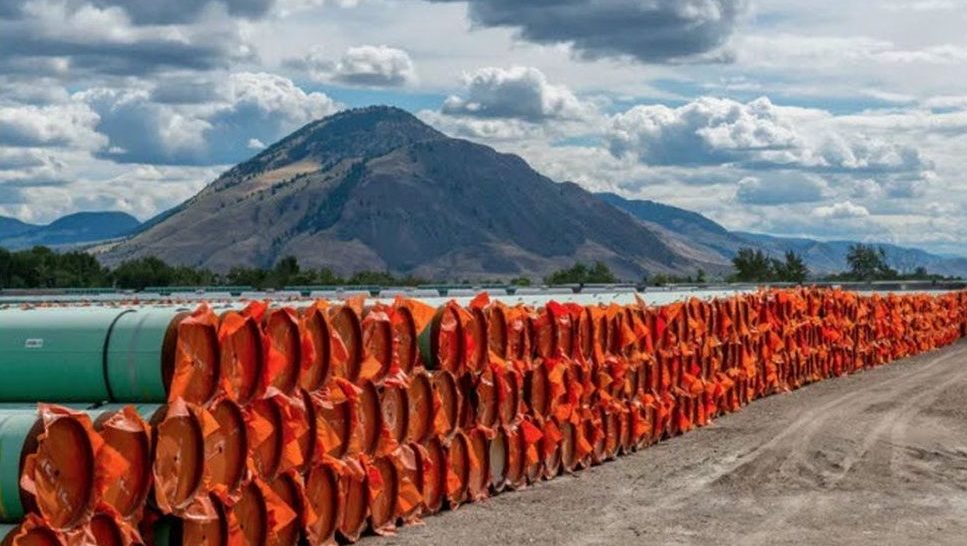
Drought in Mexico Has Hot Sauce Makers Worried
Supply chain issues are causing Canadian hot sauce makers to face challenges this summer, potentially leading to a decrease in the spiciness of their products. The problem stems from a drought in Mexico and decreasing water levels in the Colorado River, resulting in a limited export of hot peppers to both the United States and Canada. These issues are expected to persist for at least another month, adding to a series of challenges faced by the industry.
The supply disruptions, particularly in the availability of red jalapenos, have been ongoing for over a year. Recent reports indicate that the heat has been turned up for producers in the United States due to fresh supply chain disruptions in the past few months.
Nadia Harlow, the owner of Spice of Life, a hot sauce manufacturer in Pefferlaw, Ont., expressed the impact on her business. She mentioned the difficulty in sourcing peppers, leading her to discontinue one of her popular sauces due to the unavailability of peppers. While she attempts to rely more on Ontario-grown peppers, the shorter growing season in the province makes it impractical to fully replace the supply chain through local sources. Importing peppers becomes necessary, but it has become challenging as distributors struggle to meet demand.
According to Mexico’s National Water Commission, more than 44 percent of Mexican municipalities were facing drought conditions in May, resulting in a shortage of chili peppers, especially red jalapenos.
Harlow anticipates that the supply will improve in another six to eight weeks when Canadian growers begin harvesting peppers from farms in August. However, it remains uncertain if there will be further supply issues once the Canadian growing season concludes.
In the meantime, Harlow suggests customers opt for her milder hot sauces, offering some heat to their meals. Although they may not match the intensity of her popular “million plus” sauce with ghost peppers, her regular hot sauce still packs a spicy punch.
In April 2022, Huy Fong Foods, the California-based producer of Sriracha hot sauce, issued a statement warning consumers of shortages. The manufacturer attributed the scarcity to weather conditions affecting the quality of chili peppers, resulting in a severe shortage that prevented them from producing any of their products. While limited production recently resumed, supply chain issues persist for Huy Fong Foods.
The scarcity of Sriracha bottles in the United States has caused prices to surge, with some online listings reaching as high as $120. In Canada, prices have not yet reached that level, but two-packs of Sriracha are being sold for close to $40 on platforms like Amazon and eBay.
Drew Jacobson, owner of Hurt Berry Farms Inc., managed to evade the worst effects of the Mexican drought by growing his own peppers. However, he acknowledged that the industry has faced supply issues since the beginning of the pandemic. The scarcity has driven up pepper prices, leading many Canadian producers, including Jacobson, to start growing their own peppers. This trend is evident with the emergence of new Ontario and Canadian pepper farms.
Harlow hopes that this shift towards local pepper cultivation will strengthen the local supply chain. She has noticed an increasing number of farmers switching to greenhouse-grown produce, resulting in beautiful peppers. Jacobson also expressed optimism about Canada’s ability to grow a wide range of crops, mentioning the example of a producer growing bananas in Ontario’s greenhouses. Both Harlow and Jacobson believe that with sufficient investment and effort, Canada can become more self-reliant in meeting its agricultural needs.








































